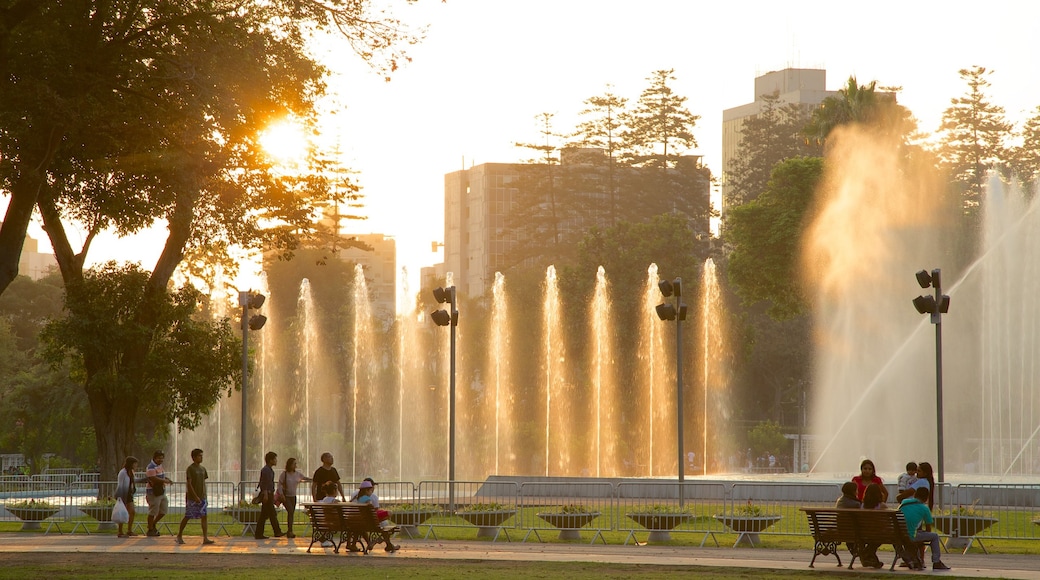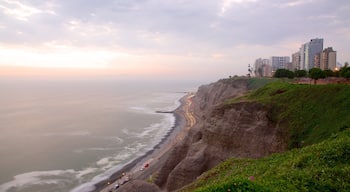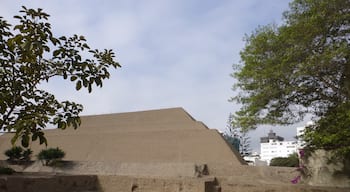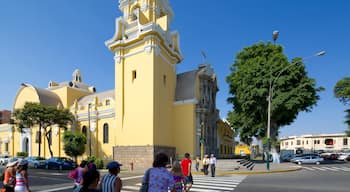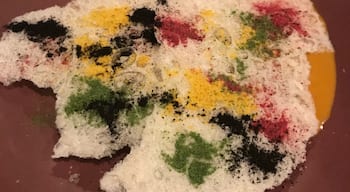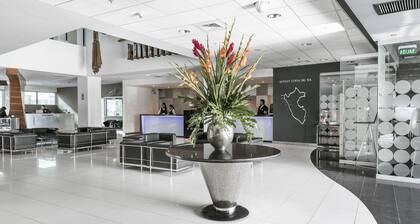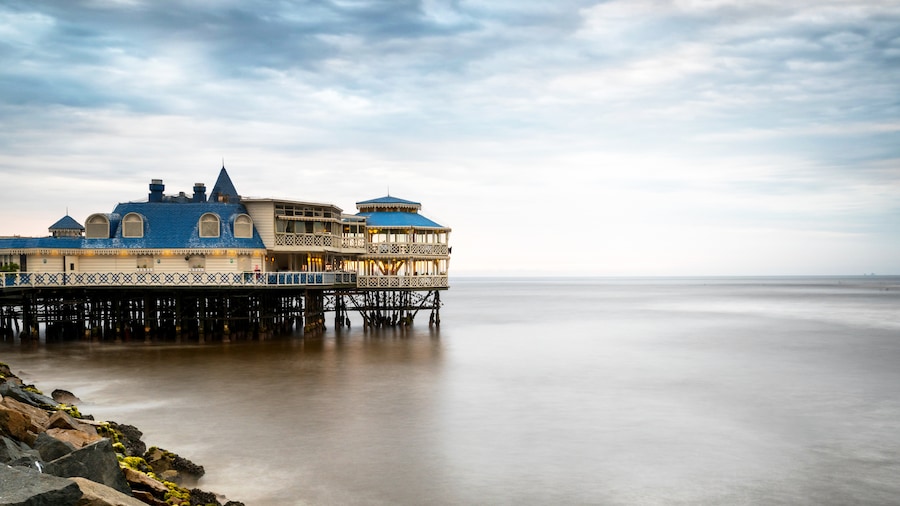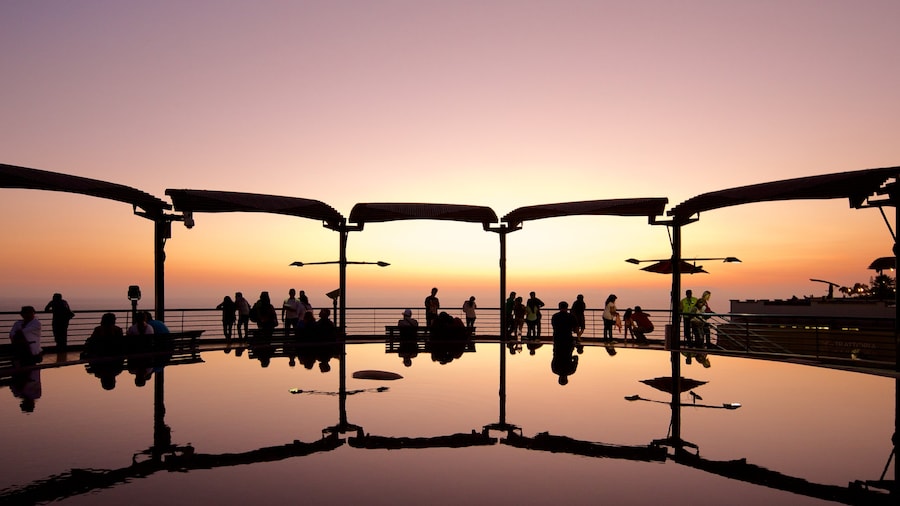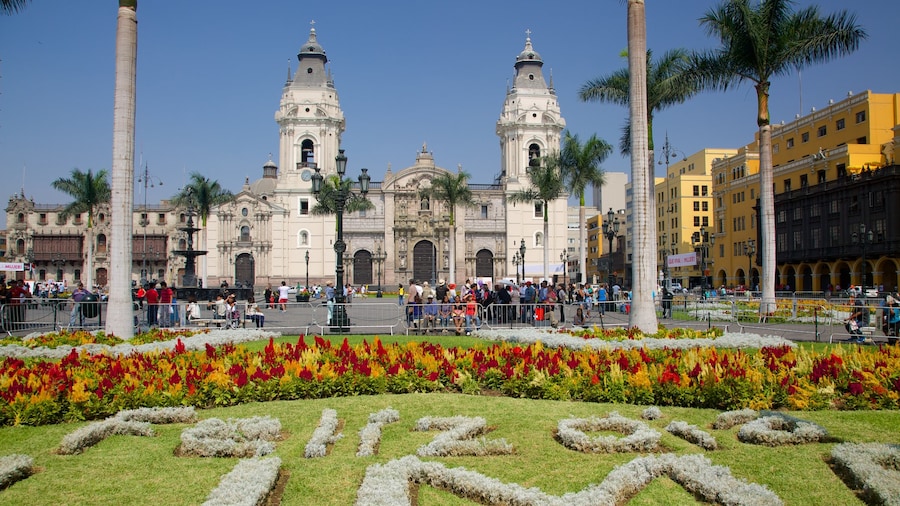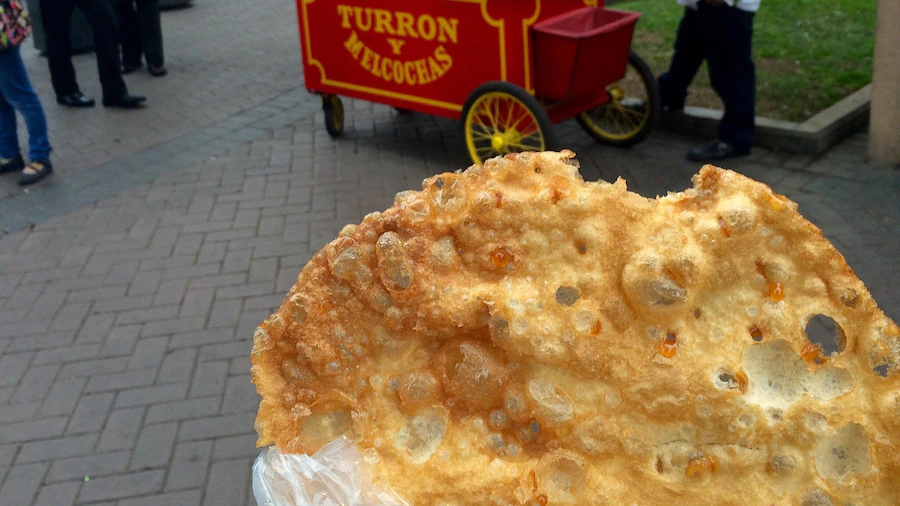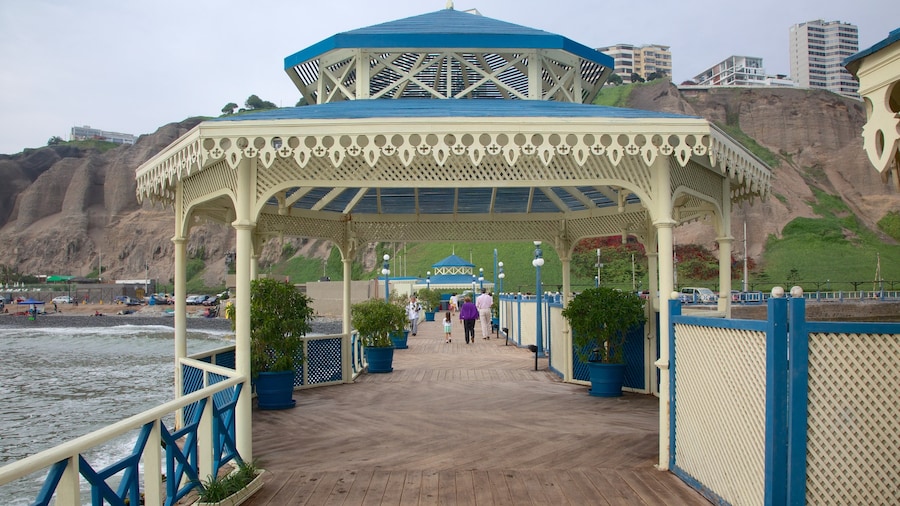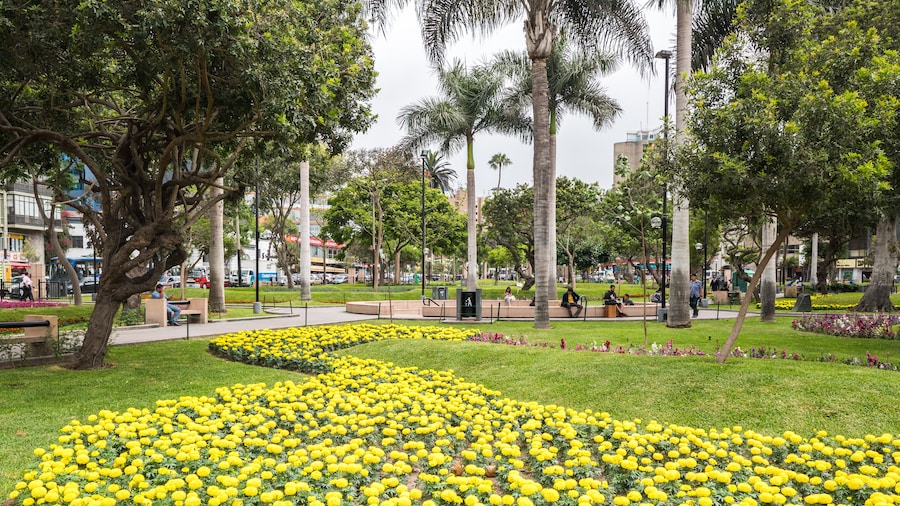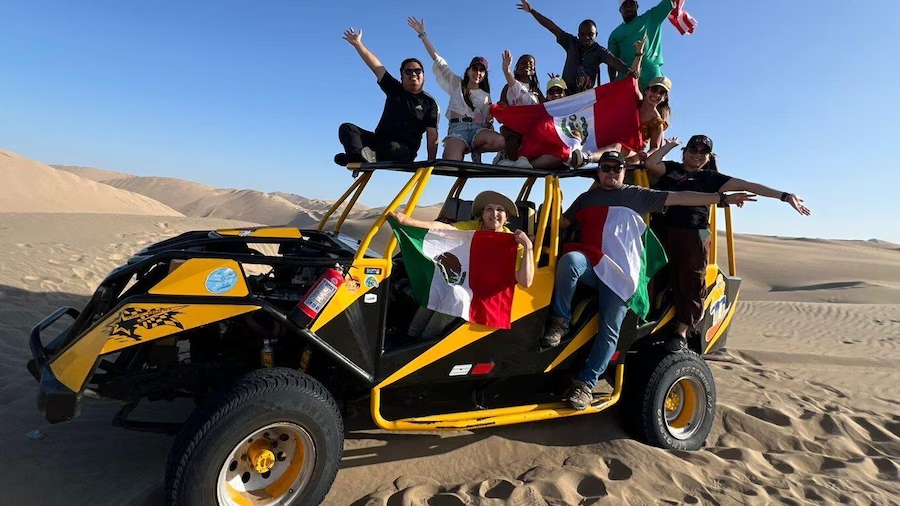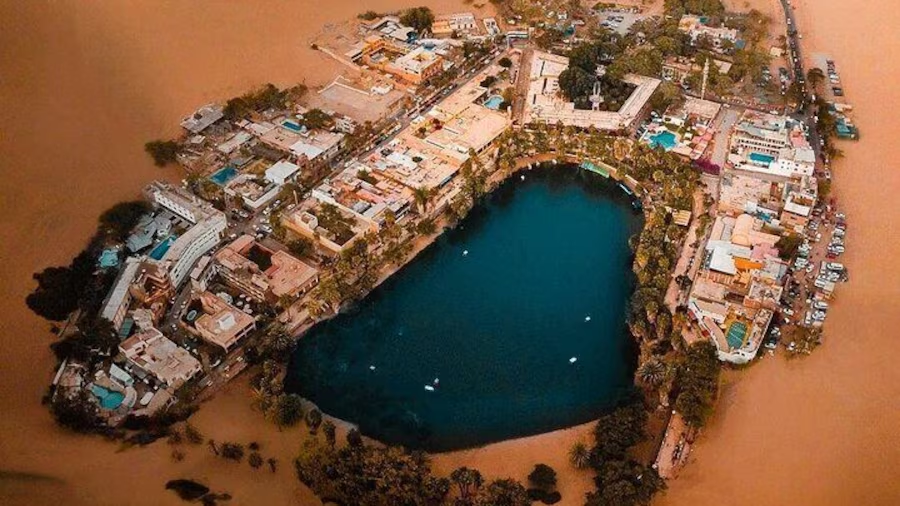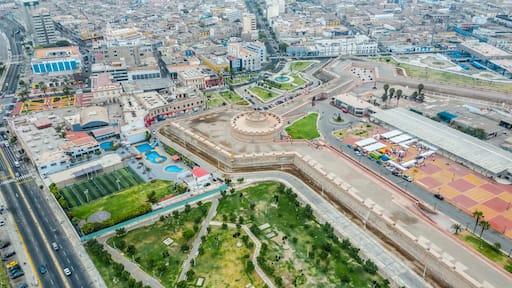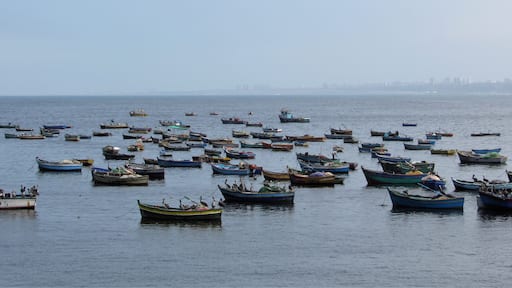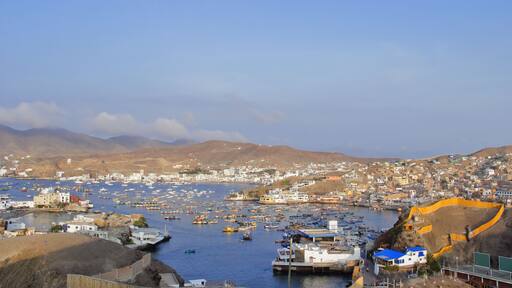Enjoy a culinary and cultural experience in bustling Lima, where the desert meets the coast, where ancient history mixes with 21st-century entertainment and where Peru’s poor hope to get rich.
The settlement along the Rímac River was once inhabited by Incas and earlier civilizations. After the Spanish founded Lima in 1535, they ruled for over 300 years. Today, nearly a third of Peru’s 30 million residents live in the capital. From the slums on the Cerros (hills) and the colourful colonial mansions, to the Catholic churches with Moorish roofs and Chinatown’s red gate, Lima’s urban sprawl is diverse.
Explore Lima’s colonial past in the central Plaza de Armas. A grand palace with marching guards, an ornate cathedral and a 17th-century fountain define this historic square. Sit on a bench and people-watch or browse nearby souvenir shops for brightly colored souvenirs. Tour the Convento y Museo de San Francisco and its 16th-century catacombs. Ride in a horse-drawn carriage or set out on foot and follow the shopping avenues to the monument-rich Plaza San Martin.
Take a metered taxi to the Museo Arqueológico Rafael Larco Herrera in the Pueblo Libre district to see pre-Columbian art, including Moche ceramics from over 2,200 years ago. For oceanfront entertainment, head south to Lima’s fashionable neighbourhoods Miraflores and Barranco. Try Peru’s staple seafood dish ceviche or the alcoholic drink pisco sour.
In summer, ocean breezes provide a welcome reprieve from Lima’s desert air and smog. Winter days are mild, but often overcast. Because most Peruvians are poor and Lima attracts the wealthy, crime is an issue. Use the lockers and taxi service of your hotel and stick to the tourist areas.
Lima’s Jorge Chavez International Airport has connections to major global destinations. With daily planes and buses leaving from Lima for the surfing beaches of the Pacific Ocean, the lush Amazon jungle and the snow-capped Andes mountains, this fascinating city is just the start of your Peru adventure.
